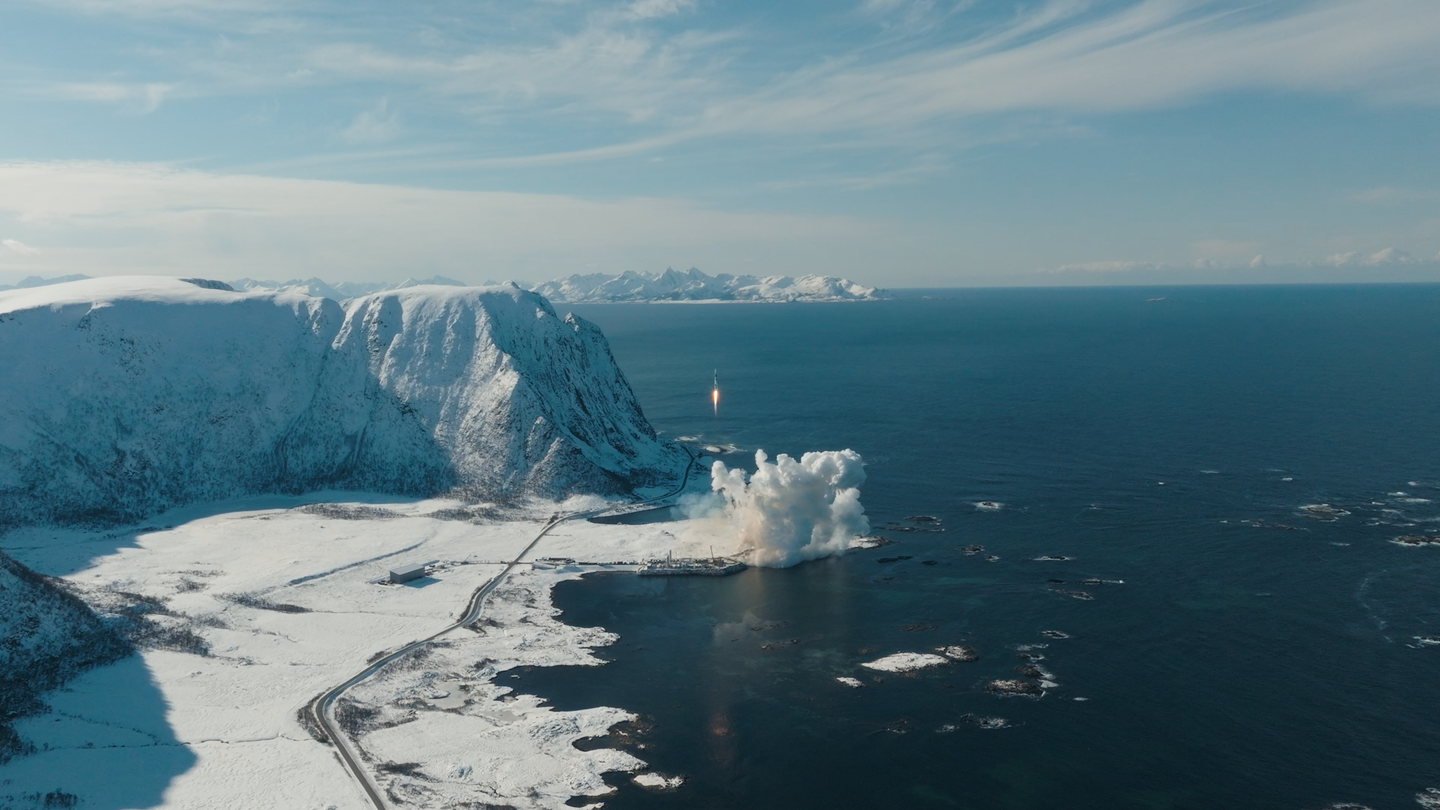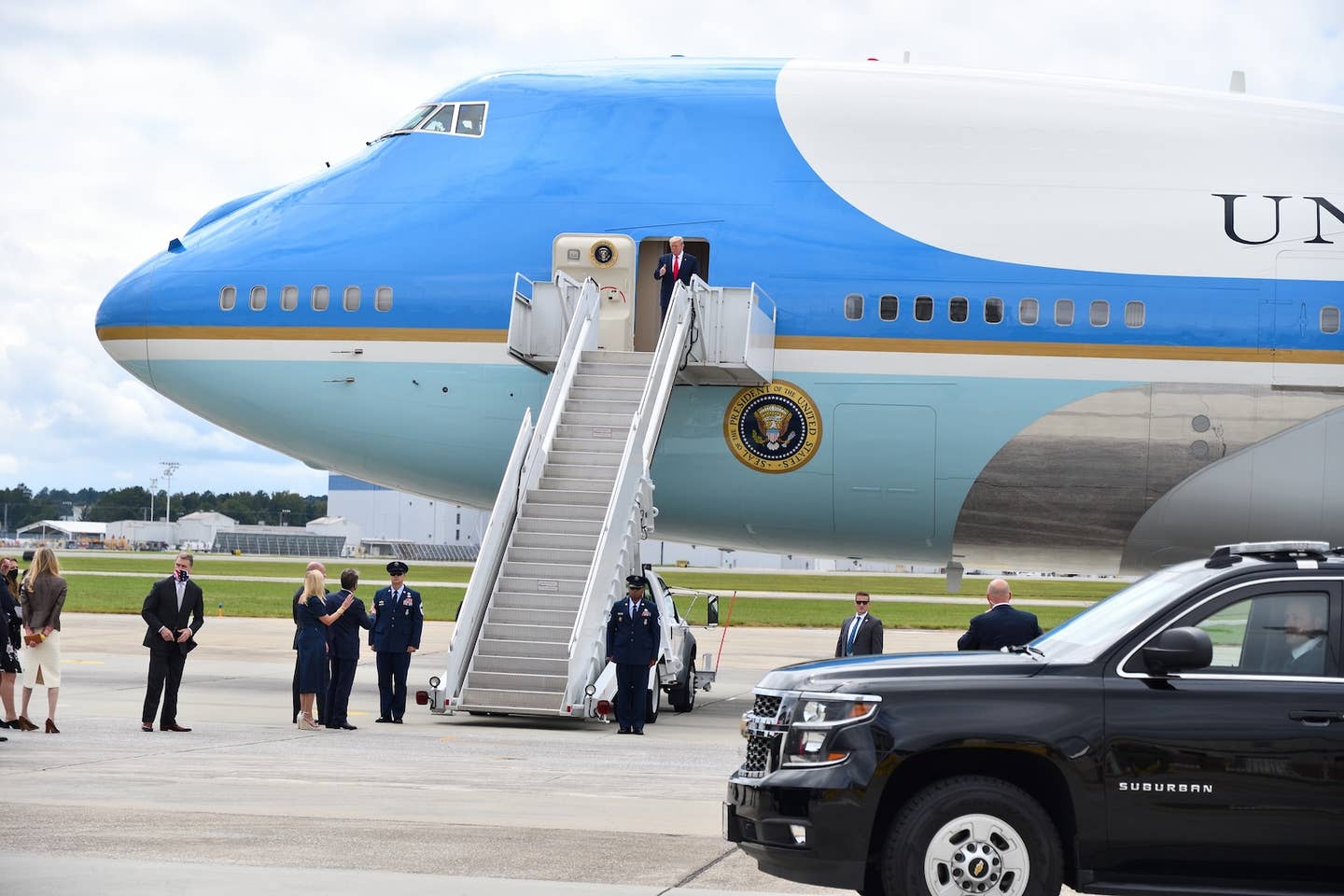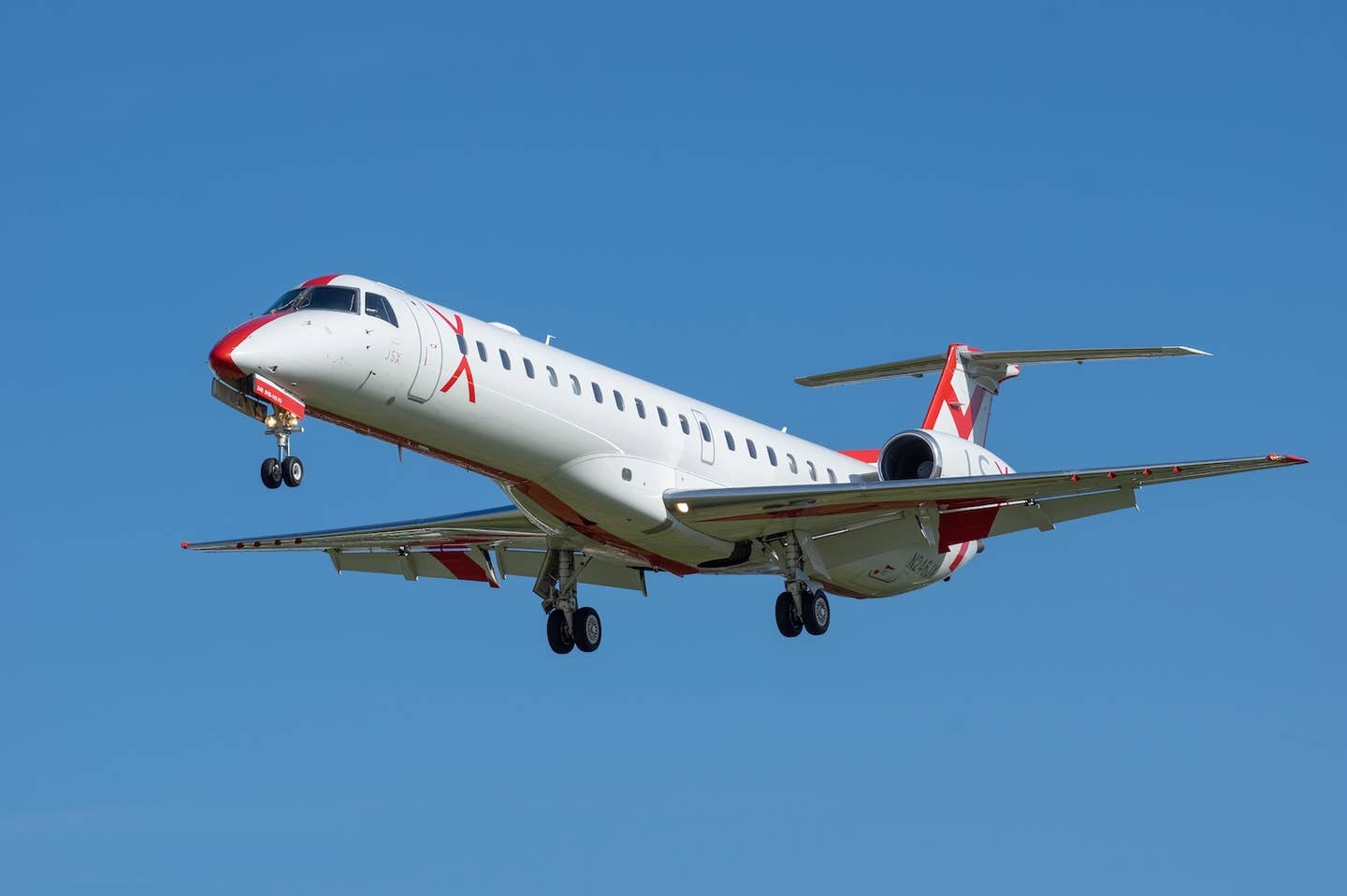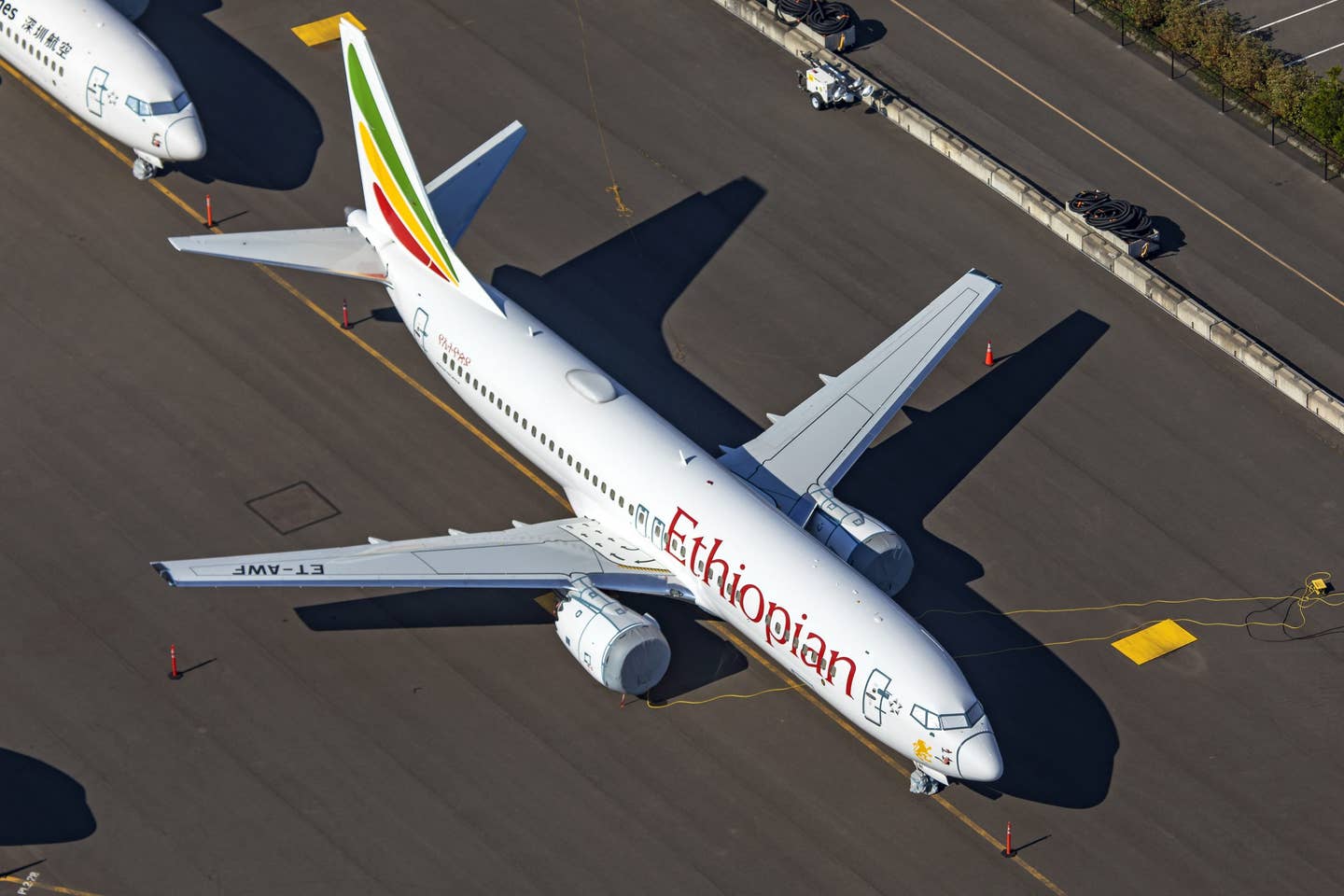
The Si2 as it prepared to take off from Phoenix to Tulsa this morning. Solar Impulse
The Solar Impulse Si2 is in the air again, this time on the 11th leg of its round-the-world flight. Bertrand Piccard lifted off in the all-solar-powered airplane from the Phoenix-Goodyear Airport (KGYR) at almost exactly 3 a.m. PST this morning after a slight delay due to an issue with the satellite communications system. The airplane, which has prominent lights under the wings and inside the fuselage, appeared like an illuminated dragonfly above the Phoenix metropolitan area before beginning its slow journey east toward the Tulsa International Airport in Oklahoma.
As this newsletter is being published, Piccard and the Si2 are likely somewhere above New Mexico. The flight to Tulsa is expected to last right around 18 hours. The team at the Solar Impulse Mission Control Center in Monaco found a critical weather window for the flight, which had several potential destinations to avoid delays, about one week after André Borschberg landed Si2 in Phoenix.
Should any unexpected weather pop, Piccard can keep flying as the airplane has a virtually limitless range. Si2 is powered by solar power during the day and stores the power in batteries capable of keeping the four electric motors going all night.
The Solar Impulse team is now focused on getting through Tornado Alley as soon as possible. The plan is for Si2 to make a stop in New York before continuing the final major oceanic over flight, this time over the Atlantic. So far, the longest leg of the journey was from Japan to Hawaii — a flight that lasted five days and nights.

Sign-up for newsletters & special offers!
Get the latest FLYING stories & special offers delivered directly to your inbox



![United Airlines secures FAA approval for Starlink, with first commercial flights set for May. Starlink offers 50x faster internet, free for MileagePlus members. [Courtesy of United Airlines]](https://www.flyingmag.com/uploads/2025/03/UnitedAirlines_Starlink_Image.jpg?auto=webp&auto=webp&optimize=high&quality=70&width=1440)


